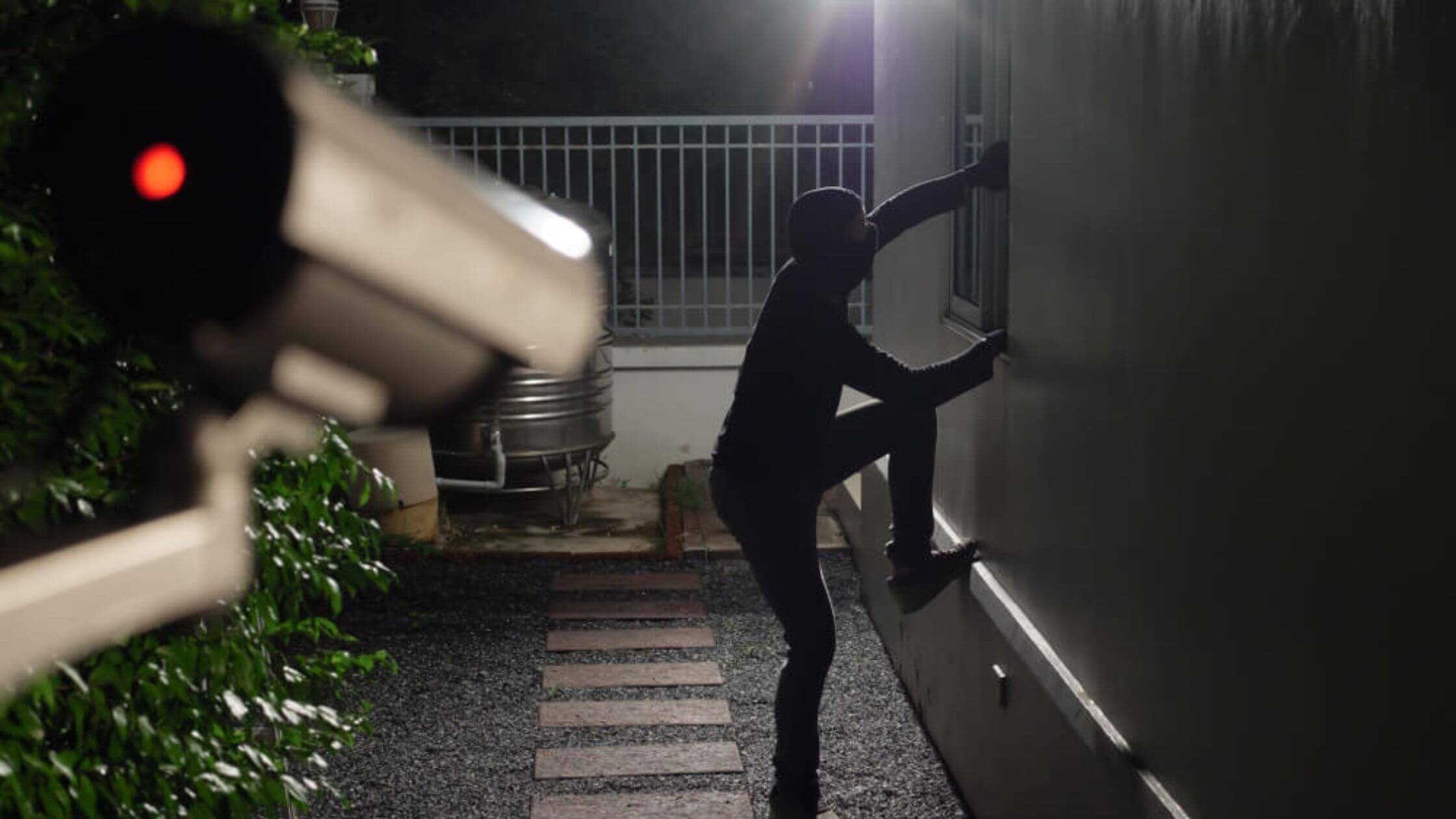Theft is one of the perils included in standard homeowners insurance coverage. When you have this coverage, you can be compensated for the cost of replacing personal belongings stolen at your home. However, not all theft incidences are covered under home insurance. Read on to learn about how homeowners insurance theft coverage can protect your personal properties.
What's Included under Homeowners Insurance Theft Coverage?
Homeowners insurance can pay to replace items stolen when you're living in your home and have adequate anti-theft measures in place, including locked doors. Different components in your policy will cover theft as follows:
- Component A- Covers damage to the structure of your home because of burglaries, such as a broken window or door.
- Component B- Covers damage to detached structures besides your house, like a detached garage.
- Component C-This is the main part of your homeowners insurance policy that covers your personal belongings against theft. It may have coverage limits for high-value items such as jewelry and sports equipment. You'll want to audit your entire home inventory to ensure you have enough coverage to replace all your belongings if stolen.
Remember to check if your policy covers belongings that are stolen when they are not at your home.
Homeowners Insurance Theft Coverage Exclusions
When you're adequately insured, your policy should cover most theft incidences. However, an insurer may deny coverage or a claim in property theft scenarios such as:
- Your negligence contributed to preventable theft, such as if you left doors unlocked or expensive items exposed outside your house.
- You didn't report the burglary to the police in time. You should always call the police about any theft and get a report that your insurer will review before processing your claim.
- You weren't living in your home when burglars broke in and stole your items. You may need to get unoccupied home insurance for theft protection while you're away from the covered home for several months.
You may be underinsured if your insurer has placed sub-limits on high-value belongings like antiques, art, sports equipment, expensive jewelry, and collectibles. To fully cover such items, consider buying an endorsement or increasing the limits on your policy.
What to Do after the Theft of Your Personal Belongings?
- Start by calling the police to inform them of the theft incidence.
- Before the police arrive, collect evidence by taking pictures that indicate forceful entry into your home. Also, preserve any evidence that an intruder was in a specific room.
- Next, call your trusted advisors at Tompkins Insurance to start the claims process.
- You can now safeguard your home and start fixing damaged parts, such as locks and windows. Be sure not to tamper with anything an insurance adjuster may need to see when evaluating/investigating your claim.
How to Prevent Theft?
You can help minimize the risk of theft at your home in ways such as:
- Securing your doors and windows with high-quality locks.
- Having well-lit outdoors to discourage intrusion.
- Setting an indoor light timer for when you're away from home for days or months.
- Installing home security systems.
Filing a Theft Claim
Follow these steps after your covered personal belongings are stolen:
- Call your insurer within 24 hours to report the incident.
- Share your police report number with your insurer.
- Ask your insurance about any information or paperwork they need from you.
- Ask the insurer if they'll be sending an adjuster to your home. The insurer should also inform you about everything you need to do to facilitate the process.
- Inquire about other aspects or steps of the claims process.
By getting the facts right about homeowners insurance theft coverage, you can help to avoid potential perils of being underinsured. Contact the team at Tompkins Insurance Agencies for assistance in maximizing your personal property coverage. We can help assess your home inventory and offer an insurance plan that suits your budget and coverage needs.


